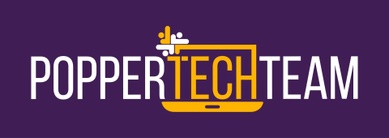In today’s digital landscape, the frequency and sophistication of cyberattacks are escalating, leading to a surge in data breaches and associated costs. To mitigate these risks, organizations are increasingly turning to cyber insurance. However, obtaining such coverage now demands stringent security measures, with Privileged Access Management (PAM) emerging as a pivotal requirement.
Understanding Cyber Insurance Prerequisites
Insurers are enforcing rigorous security protocols to qualify for cyber insurance, including:
- Eliminating Local Administrator Rights: Restricting users from having perpetual administrative privileges reduces the risk of unauthorized access through compromised credentials.
- Adopting Least Privilege Principles: Granting users only the access necessary for specific tasks, and revoking it immediately afterward, minimizes potential attack vectors.
- Implementing Multi-Factor Authentication (MFA): Requiring multiple forms of verification ensures that access is granted only to authorized individuals.
- Utilizing Password Management Tools: Enforcing strong password policies and monitoring for compromised credentials enhance overall security.
- Maintaining Robust Network Security: Deploying firewalls, intrusion detection systems, and regular security audits fortifies the network against threats.
- Conducting Employee Security Training: Educating staff to recognize and respond to potential security threats reduces the likelihood of successful attacks.
The Role of PAM in Meeting Insurance Criteria
Privileged Access Management (PAM) is instrumental in fulfilling these insurance prerequisites by:
- Enforcing Least Privilege Access: PAM solutions ensure users have only the necessary access for their roles, reducing the risk of internal threats.
- Automating Access Controls: By automating the granting and revocation of privileges, PAM reduces human error and enhances compliance.
- Monitoring and Auditing Activities: Continuous oversight of privileged accounts helps detect and respond to suspicious activities promptly.
- Enhancing Credential Security: PAM tools manage and secure passwords for privileged accounts, preventing unauthorized access.
Implementing a robust PAM solution not only aligns with cyber insurance requirements but also strengthens your organization’s overall security posture, safeguarding critical assets against evolving cyber threats.
At Popper Tech Team, we integrate advanced PAM solutions into our cybersecurity offerings, ensuring our clients meet insurance standards while maintaining optimal security.

